The magical city of Aswan, formerly known as Swenett, is located in the south of Egypt. The word Aswan is derived from the ancient Egyptian word “Soun”, which means souk or market. Aswan earned its name because it was a strategic gateway to the South. In ancient times, it was the main provider of granite used for obelisks and sculptures.
Aswan is known for its beautiful Nile Valley scenery, significant archaeological sites and its peaceful aura. Its weather is warm all year round, which makes it a perfect winter destination.
The city provides splendid views and attractions to sail through the Nile with a felucca (Egyptian sailboat). The river flows gently from Lake Nasser, through various islands, surrounded by black granite and greenery. Sailing to historical sites, such as Philea, the Elephantine Island, Aswan Museum, Agha Khan Mausoleum, the Monastery of St. Simeon, and the Botanical Island, gives you an opportunity to explore Aswan’s rich history and culture. Other spectacular historical destinations include the Temple of Abu Simbel, the Temple of Kom Ombo, the Nubian Museum and the Aswan High Dam.
Apart from Aswan’s historical sites, the city offers a unique cultural experience through the Nubian Village, known as “Gharb Seheyl”. Exploring the colourful village allows you to discover the last vestiges of the Nubian civilization that co-existed with the Ancient Egyptians. Besides the Aswan Souk, Nubia is also a great place to shop for souvenirs, spices and local handmade crafts.
| DEPARTURE/RETURN LOCATION |
Hotel in Aswan or Aswan Airport |
||
| DEPARTURE TIME |
Please arrive by 7:15 AM for a prompt departure at 7:30AM. |
||
| WEAR |
You should wear whatever you want. It is advised to wear something light from cotton or linen, comfortable and put on sunblock during your time in Egypt in the summer and wear comfortable footwear like a closed-toe shoe to sustain the sandy terrain. |
||
| INCLUDED |
All Transfers By A Private Air-Conditioned Vehicle. Mineral Water On Board The Vehicle During The Tour. Lunch During Your Day Trip At A Local Restaurant In Aswan. Entrance Fees For All Sightseeing Mentioned. All Service Charges And Taxes. |
||
| NOT INCLUDED |
|
The history of the Golden lands of Egypt will uncover a number of marvels tales and majestic facts.
Aswan High Dam
High Dam is considered the greatest and largest engineering project of the twentieth century from an architectural and engineering point of view, superior to other giant global projects.
The High Dam was built to protect Egypt from the high floods that were occurred in Egypt and drowning large areas in it, and to conserve water that was wasted in the Mediterranean.
Importance of High dam project
The Egyptians realized the importance of the Nile since ancient times, so annual storage projects were established such as the Aswan reservoir and the Jebel Awliya reservoir on the Nile to control the changing river flow, and barrages were built on the Nile to organize irrigation on the various rivers.
However, the annual storage was only a partial remedy for controlling the Nile and controlling it.
Therefore, the river’s revenue varies greatly from year to year, as it may reach about 151 billion cubic meters or fall to 42 billion cubic meters annually.
And this great gap from year to year makes relying on annual storage very dangerous, as it can expose agricultural lands to extinction in low-revenue years, so the thought turned to constructing a huge dam on the Nile to store water in high-revenue years for use in high-revenue years.
The construction of the High Dam was the first continuous storage project at the level of the basin countries to be implemented within the Egyptian borders.
Implementation steps of high dam project:
-The Egyptian-Greek engineer, Adrian Daninos, had presented to 1952 revolution leadership a project to build a huge dam at Aswan to block the flood of the Nile, store its water and generate electricity from it.
-Studies began on October 18, 1952, based on the decision of the 1952 Revolution Leadership Council by the Ministry of Public Works (currently the Ministry of Irrigation and Water Resources), the Army Corps of Engineers, and a select group of university professors, where with the opinion that was settled about the project is capable of providing Egypt’s water needs.
-In early 1954, two engineering companies from Germany submitted a design for the project. An international committee reviewed and approved this design in December 1954, and specifications and conditions for implementation were set.
-Egypt asked the World Bank to finance the project, and after extensive studies of the project, the World Bank approved the project’s technical and economic feasibility.
-In December 1955, the World Bank made an offer to provide aid equal to a quarter of the construction costs of the dam.
– On 19/7/1956, the World Bank withdrew its offer due to colonial pressures.
– On 27/12/1958 an agreement was signed between Russia (the former Soviet Union) and Egypt to lend Egypt 400 million rubles to implement the first phase of the project.
-In May 1959, Soviet experts reviewed the designs of the dam and suggested some minor modifications, the most important of which was changing the location of the strong station and using a special technique for washing and joining sand when used in building the body of the dam.
-In December 1959, an agreement was signed for the distribution of the dam’s reservoir water between Egypt and Sudan.
-On January 9, 1960, Work began on the implementation of the first phase of the dam on which included digging the diversion channel and tunnels, lining them with reinforced concrete, pouring the foundations of the power station, and building the dam to a level of 130 meters.
-On August 27, 1960, the second agreement was signed with Russia (the former Soviet Union) to lend Egypt an additional 500 million rubles to finance the second phase of the dam.
-In mid-May 1964, the river’s water was diverted to the diversion channel and tunnels, closing the course of the Nile and starting to store water in the lake.
-In the second phase, the construction of the dam body was continued until its end, the construction of the power station, the installation and operation of turbines, and the construction of transformer stations and power transmission lines.
-The first spark was set off from the High Dam power station in October 1967. The entire water storage began in front of the High Dam since 1968. In mid-July 1970, the project edifice was completed. On January 15, 1971, the inauguration of the High Dam was celebrated.
High Dam design:
-The High Dam was designed so that the maximum level of the reserved water in front of it would be 183 meters, as the lake’s storage capacity at this level was 169 billion cubic meters, divided as follows: 31.6 billion cubic meters, the dead storage capacity designated for silting.
-89.7 billion Cubic meters storage capacity, which includes an average annual disposal equivalent to 84 billion cubic meters distributed between Egypt and Sudan (55.5 billion cubic meters for Egypt, 28.5 billion cubic meters for Sudan) 47.7 billion cubic meters storage capacity designated for flood prevention
-A spillway was implemented to drain the lake’s water if its level rose above the maximum storage level of 183 meters. This spillway is located 2 km west of the dam in an area with a natural depression sloping towards the Nile, allowing the passage of 200 million cubic meters per day.
-Toshka overflow has been created at the end of 1981 to protect the country from the dangers of high floods and what could be caused by the release of water by large actions in the course of the river from erosion and destruction of the water installations built on it, where the water is drained
-If its level in front of the High Dam exceeds 178 meters – through the Toshka spillway to a depression located in the Western Desert, about 250 km south of the High Dam, which is the Toshka depression. Water entered the Toshka spillway for the first time on November 15, 1996, when the water level in front of the High Dam reached 178.55 meters
General description of the dam:
-Aswan High Dam is a rock-fill dam with a length of 3830 meters at the top, of which 520 meters are between the two banks of the Nile and the rest extends in the form of two wings on both sides of the river. Aswan High Dam measures 111m in height, its width at the top is 40 metres.
-The Nile crosses the course of the diversion channel from which water flows to the turbines through six tunnels equipped with water control gates in addition to barriers for weeds. The power station produces electrical energy amounting to 10 billion kilowatt hours annually. The water reserved in front of the dam is a huge artificial lake with a length of 500 km ,its average width is 12 km, As, covering the entire Egyptian Nubia and part of the Sudanese one .
The cost of the project:
-The total costs of the High Dam project amounted to about 450 million pounds, and the construction costs of the Toshka spillway amounted to about 42 million pounds.
High Dam role in protecting Egypt:
-The High Dam protected Egypt from drought and famine disasters as a result of successive floods of scarce revenues from 1979 to 1987, when nearly 70 billion cubic meters were withdrawn from the reservoir in the High Dam Lake to compensate for the annual deficit in the natural revenue of the Nile River.
– It also protects Egypt from the dangers of the high floods that occurred in the period from 1998 to 2002, had it not been for the existence of the High Dam, the plowing and offspring would have perished, and the state would have incurred huge expenses in resisting these floods and removing their devastating effects.
High Dam role in agricultural and industrial development:
-Land reclamation and increasing the agricultural area.
-Converting basin irrigation to sustainable irrigation and increasing agricultural production.
– Expanding rice cultivation
– Generating electric power used in managing factories and lighting cities and villages.
– Ensuring the full and regular operation of the Aswan Reservoir Station by providing a constant level throughout the year.
– Increasing fisheries through the High Dam lake.
– Improving river navigation throughout the year.
Unfinished Obelisk
Obelisks are iconic monuments and masterpieces of ancient Egyptian engineering. They are found throughout Egypt and usually stand in towering pairs in front of entrances to temples. Known in ancient Egyptian language as tekhen, they are made from a single piece of stone with a rectangular shaft and topped by a gilded pyramidion to reflect the sun’s rays. Obelisks are associated with solar mythology, representing the benben, or first land to come into existence at the dawn of time, and from which the sun-god stood to create the universe.
Egyptian kings liked to have obelisks made and dedicated to themselves by carving their names and religious dedications onto the four sides of the obelisk’s shaft.
The Unfinished Obelisk was discovered in the early twentieth century after it had been covered by sand for thousands of years. It remains as you see it today in one of the Aswan quarries, famous for its supply of hard and high-quality stone.
Believed to have been commissioned by Hatshepsut (c. 1473–1458 BC) for the temple of Amun in Karnak, work was abandoned because of flaws in the stone and the presence of multiple fissures.
Had it been finished, it would have weighed 1168 tonnes, and stood at a height of around 42 metres, taller than any other ancient Egyptian obelisk.
Philae Temple
The monuments of Philae include many structures dating predominantly to the Ptolemaic Period (332–30 BC). The most prominent of these is a temple begun by Ptolemy II Philadelphus (285–246 BC), which he dedicated to Isis, the mother of Horus, the god of kingship.
A scene in the mammisi, or birth room, where the birth of Horus was celebrated, depicts Isis suckling her son Horus in the marshes.
The temple of Isis was one of the last ancient Egyptian temples to remain active, as it continued to function until the reign of the Byzantine Emperor Justinian I (527–565 AD), who ordered the foreclosure of all pagan temples.
It is here that a priest of Isis named Esmet-Akhom carved the very last dated hieroglyphic inscription, which dates to the late 4th century AD (394 AD). The temple was converted into a Christian church and many inscriptions were deliberately destroyed.
Nearby, there also is a temple dedicated to Hathor built by Ptolemy VI Philometor (180–145 BC) and Augustus, the first emperor of Rome (30 BC–14 AD). The Kiosk of Trajan (98–117 AD), which used to front the temple complex of Philae, still stands strong, despite its roof having disappeared.
Its regular arrangement of columns made it an aesthetic delight and was regularly described or depicted by travelers to the island. Isis is once again central to this cult, as the emperor is shown making offerings to her, her consort Osiris, and their son Horus.
All these monuments were relocated from the original Philae island to the nearby island of Agilkia during the UNESCO Nubia Campaign in the 1960’s to rescue sites flooded by the construction of the Aswan High Dam.
Deliciously Authentic Dinning
Great food is at the heart of every journey, and we believe dining is an experience, rather than just fuel for your body. Get the full flavour of a destination by dining as locals do, whether that’s enjoying a traditional meal in their home or in a restaurant that only residents know about. From thoughtful vegetarian options to seasonal specialities in amazing locations, you’ll sip, savour and sense the local flair at your meal.
Felucca Ride
Discover the river Nile as you cruise its waters in a traditional Felucca. spend a time sailing down the same river Pharohs did so many centuries ago. Enjoy a relaxing daytime cruise and let your hand glide along the Nile’s surface as you bathe in the warm Egyptian sun.



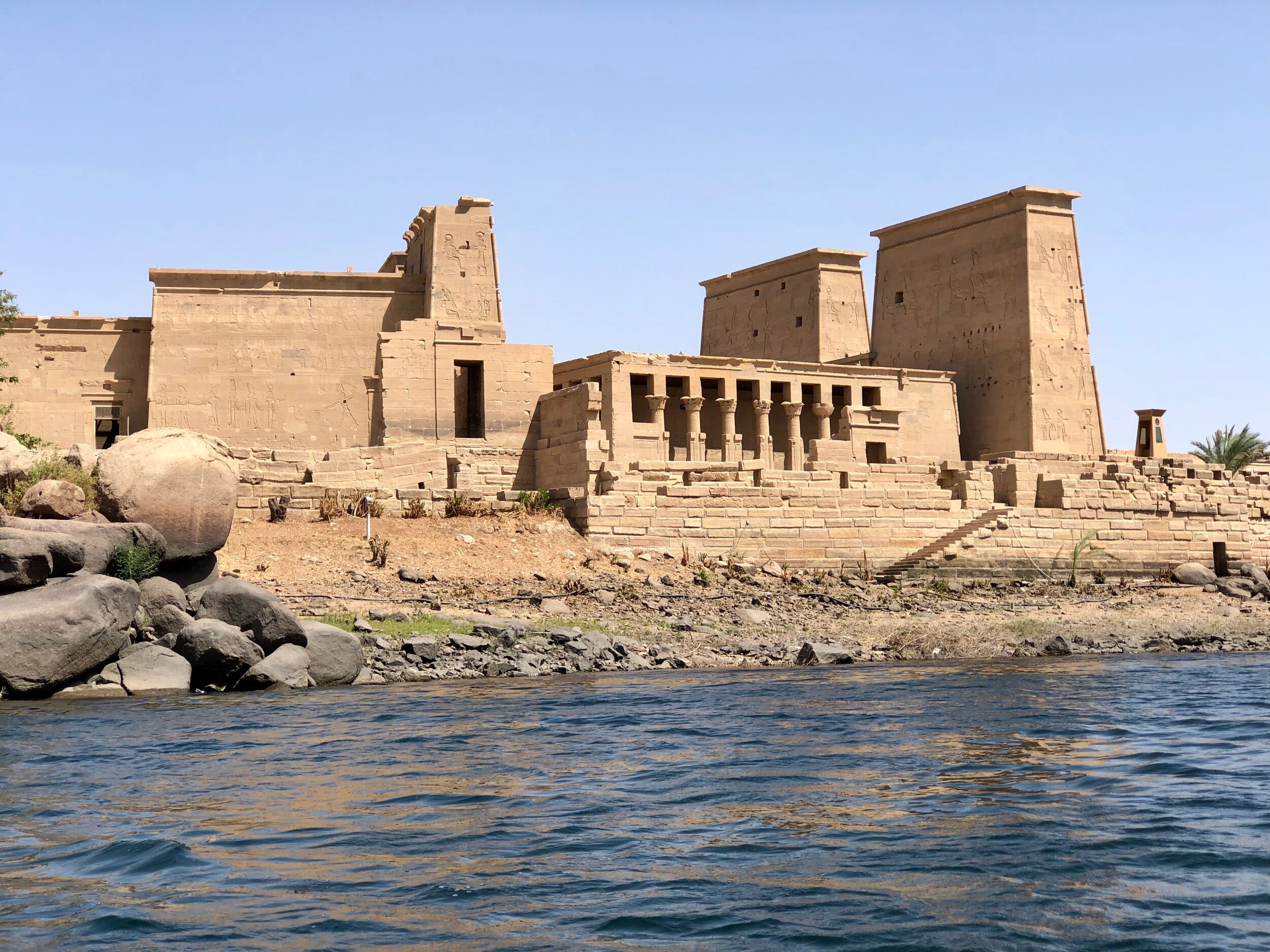
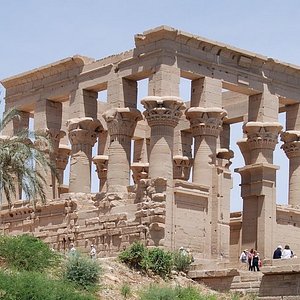
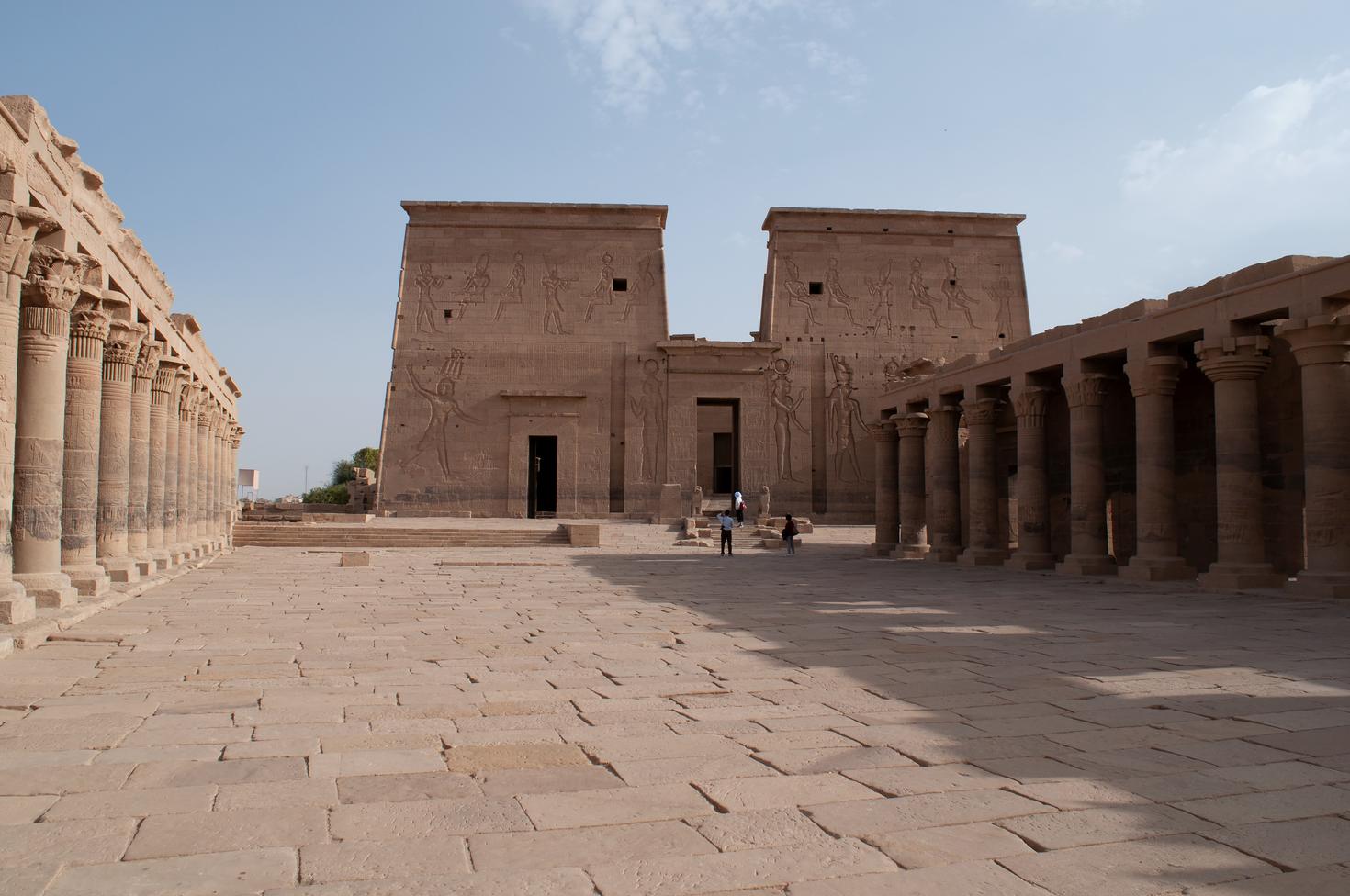

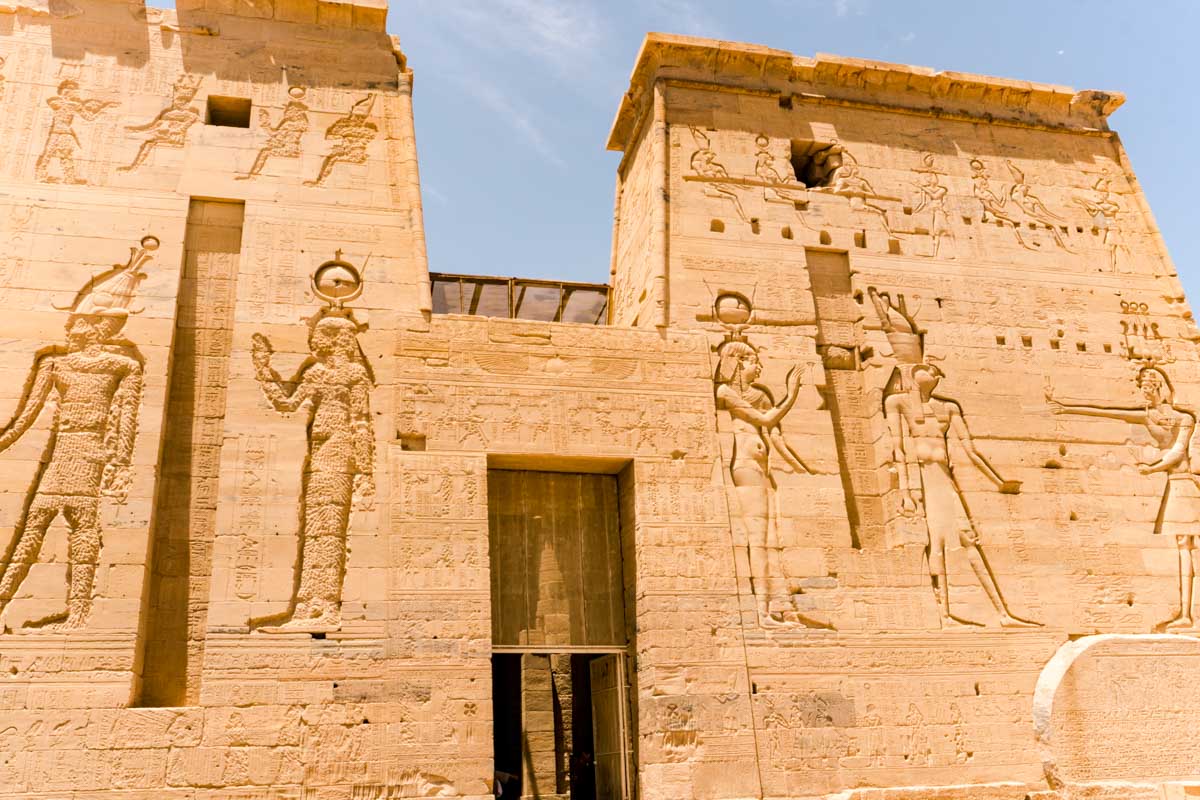

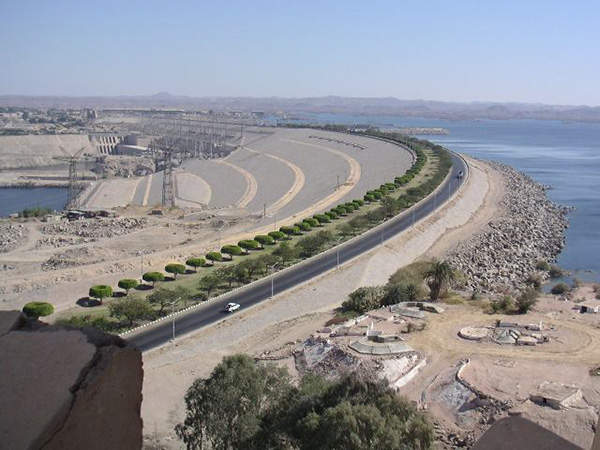
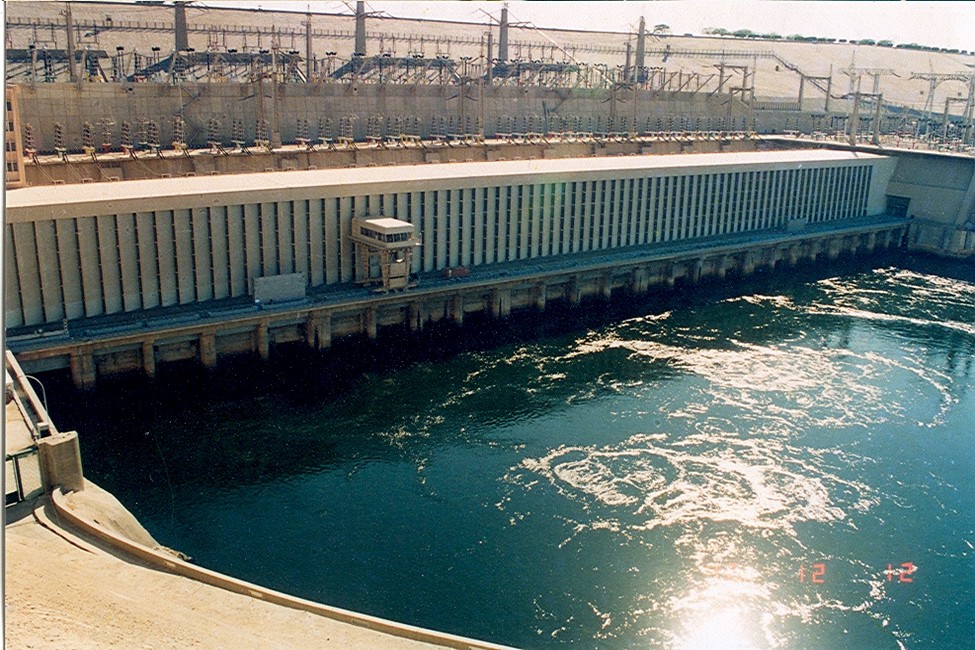
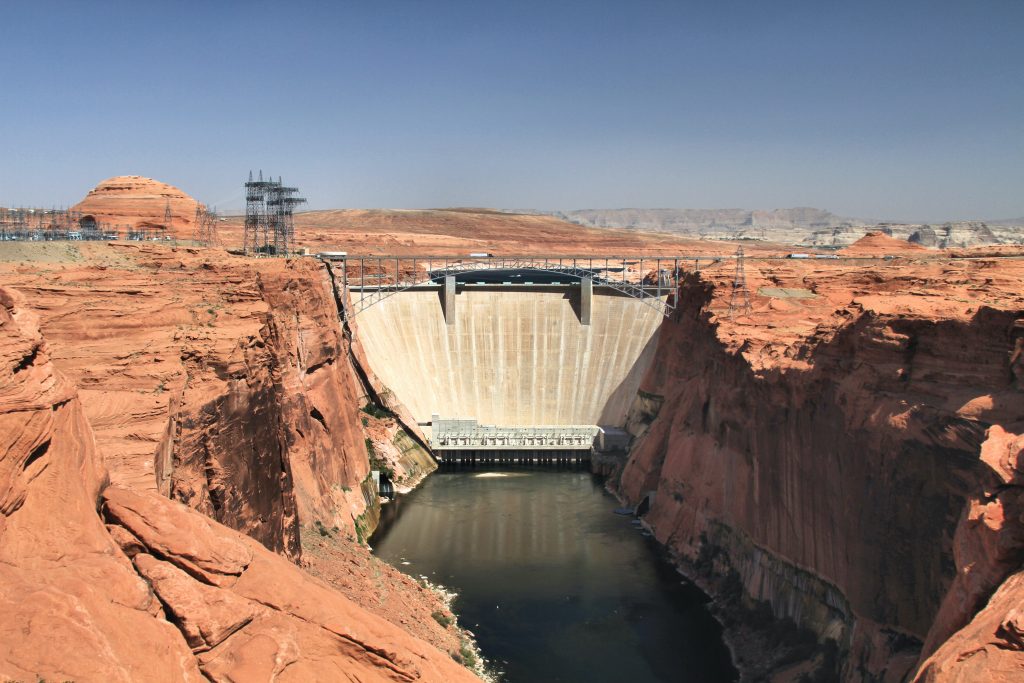
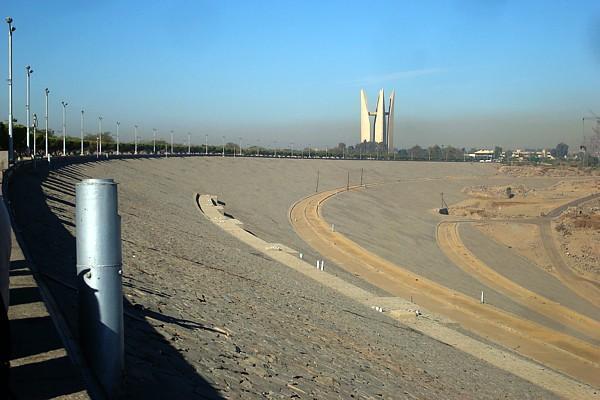



Tour Reviews
There are no reviews yet.
Leave a Review